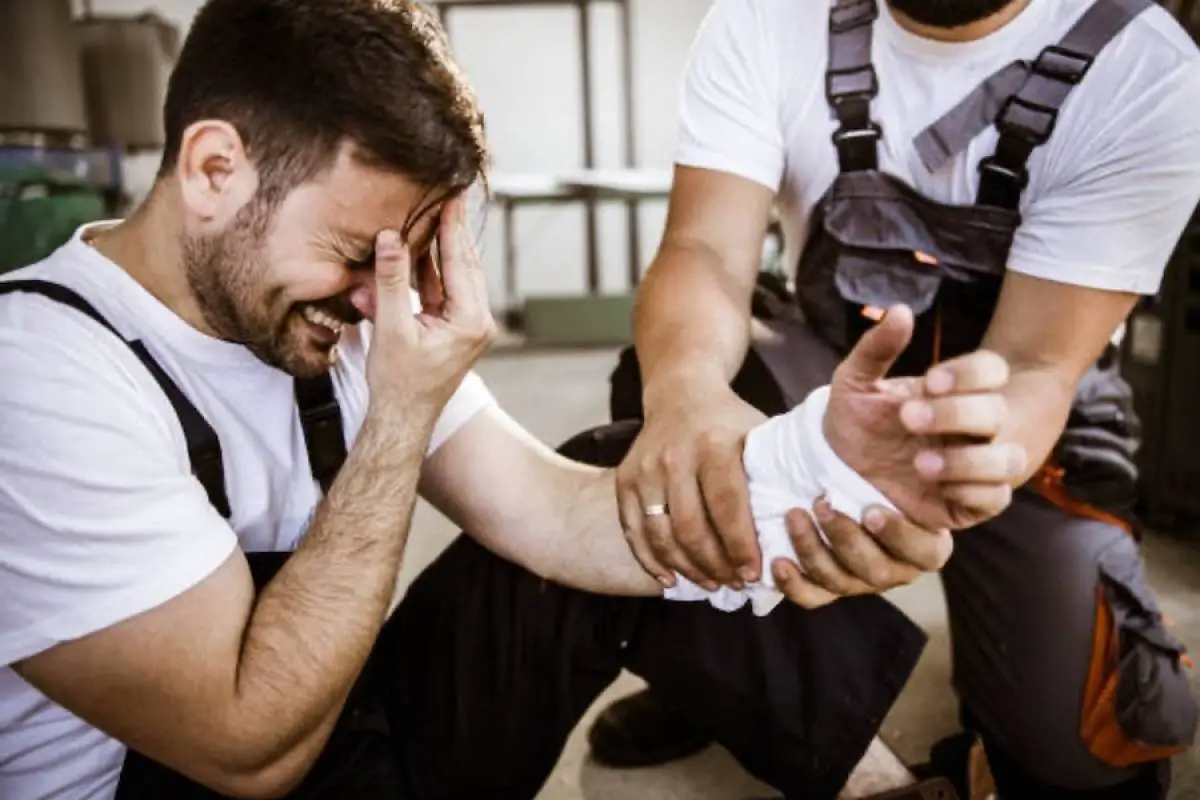How to File a Personal Injury Case: A Step-by-Step Guide

The term “personal injury” covers a spectrum of incidents. It includes animal bites, brain injuries, and car accidents. While each lead to unique physical, emotional, and financial challenges, filing a personal injury case tends to follow the same steps.
But why bother learning about filing a personal injury case?
In the unfortunate chance that you do get into such an accident, legal complexities can overwhelm you and cost you more than you realize. You may also overlook how much you could earn in compensation if you aren’t aware of the processes of filing a personal injury case.
In this article, we walk you through the steps to filing your own personal injury case to help you receive restitution for your case.
10 Steps to File a Personal Injury Case
To help you understand the process better, suppose you’re filing a personal injury case because you suffered a car accident. Below are the steps for you to follow:
1. Visit a healthcare professional
Seek immediate medical attention for any personal injury you or someone you were with experienced.
For example, suppose another driver slams into the back of your car while you’re stopped at a red light. This could cause whiplash, damaging your back and neck. These injuries require prompt medical treatment to ensure your well-being.
2. Document the accident scene
Once you’ve ensured your safety and sought the appropriate medical attention, you must document the incident as much as possible. This includes taking photographs of the vehicles, any visible injuries, and the surrounding environment.
In our car accident example, take pictures of both cars' positions, the damage, and any skid marks on the road. These visual records are crucial evidence to establish fault and support your case.
3. Obtain insurance information
In a car accident case, obtaining insurance information is a vital step. This entails gathering insurance details from all parties involved, including the other driver's insurance details and your own.
If possible, speak to the other driver and ask for their personal and contact information. Insurance companies and authorities will need this to appropriately compensate you for the damages incurred.
You should also promptly inform your insurance company about the accident. Some insurance policies may stipulate specific deadlines for reporting accidents to qualify for coverage.
4. Consult a personal injury attorney
After seeking medical care, you must consult with a personal injury attorney. Not all personal injury attorneys are alike; many specialize in different personal injury cases. It’s best to work with a lawyer who’s well-versed in your specific case.
In the example of a car accident, you can expect a car accident lawyer to be more helpful and relevant to you than a medical malpractice attorney.
5. Determine liability
Liability is critical in any legal case, as it determines who is ultimately responsible for the incident. Whoever is liable will be held accountable for covering the damages and associated penalty fees.
In the car accident example, multiple parties can be liable for it. For instance, if another driver hits you while texting, they can be responsible for the accident, and you can sue them for negligent driving.
Alternatively, if brake failure caused you to hit a wall, you can sue the part manufacturer for a defective product.
6. Contact your insurance provider
Despite the potential complexity of filing a personal injury case, you must contact your insurance provider. They may be able to cover certain fees from the accident, such as repair costs and parts replacement.
Additionally, your insurance provider might extend coverage for your medical expenses, which can be tremendously helpful in serious accidents.
Keeping your insurance informed and working alongside your attorney can help maximize your recovery.
7. Draft your demands
As its name suggests, a demand letter is a written request prepared by your lawyer to ask for restitution on your behalf from the other party in a personal injury case.
In the context of a car accident, this letter may request that the other party cover expenses such as your medical bills, property damage, and vehicle repairs.
8. File your lawsuit
A lawsuit is your next best option if you can’t settle with the other party during negotiations. Many save this for last since it’s often costly and the most tedious course of action.
If you want to push through with a lawsuit, your attorney can guide you on filing a formal suit.
In our car accident scenario, this formalizes the legal process, providing the other party with a specific response timeframe. This is a significant step in pursuing your claim through the legal system.
9. Engage in the discovery phase
The discovery phase involves exchanging information and evidence with the other party. This can include witness statements, documents, and any additional relevant information.
In the case of a car accident, this phase could involve sharing your medical records with the opposing party and vice versa.
The objective of this phase is to allow both sides to gather essential facts necessary for building their respective cases.
10. Reach a settlement and trial
A settlement is an agreement between you and the other party to resolve your case. This often involves the liable party paying you a certain amount of compensation.
In many personal injury cases, settlements are reached during the discovery phase, circumventing the need for a proper trial.
However, sometimes, both parties cannot reach a mutually satisfactory settlement. In such cases, you will proceed to bring your case before a judge and jury, marking the initiation of a trial. This trial will determine the final resolution of your case.
In Conclusion - Protect Your Health and Your Rights
Understanding how to file a personal injury case isn’t just about seeking financial compensation; it’s also about safeguarding your rights and health.
Once you’ve sought the appropriate medical attention for your injuries and meticulously documented the scene, a personal injury lawyer will help you build and strengthen your case. They’ll help you negotiate with your insurance provider and determine liability in the accident.
Ultimately, you’d want a personal injury lawyer on your side to receive the compensation you rightly deserve.









![Is Going Paperless Right for You? The Pros and Cons of a Digital Finance Trail [node:title]](/sites/default/files/styles/video_thumbnail_bottom/public/man-holding-credit-card-and-mobile-going-paperless.jpeg?itok=FYrdP5Bi)












